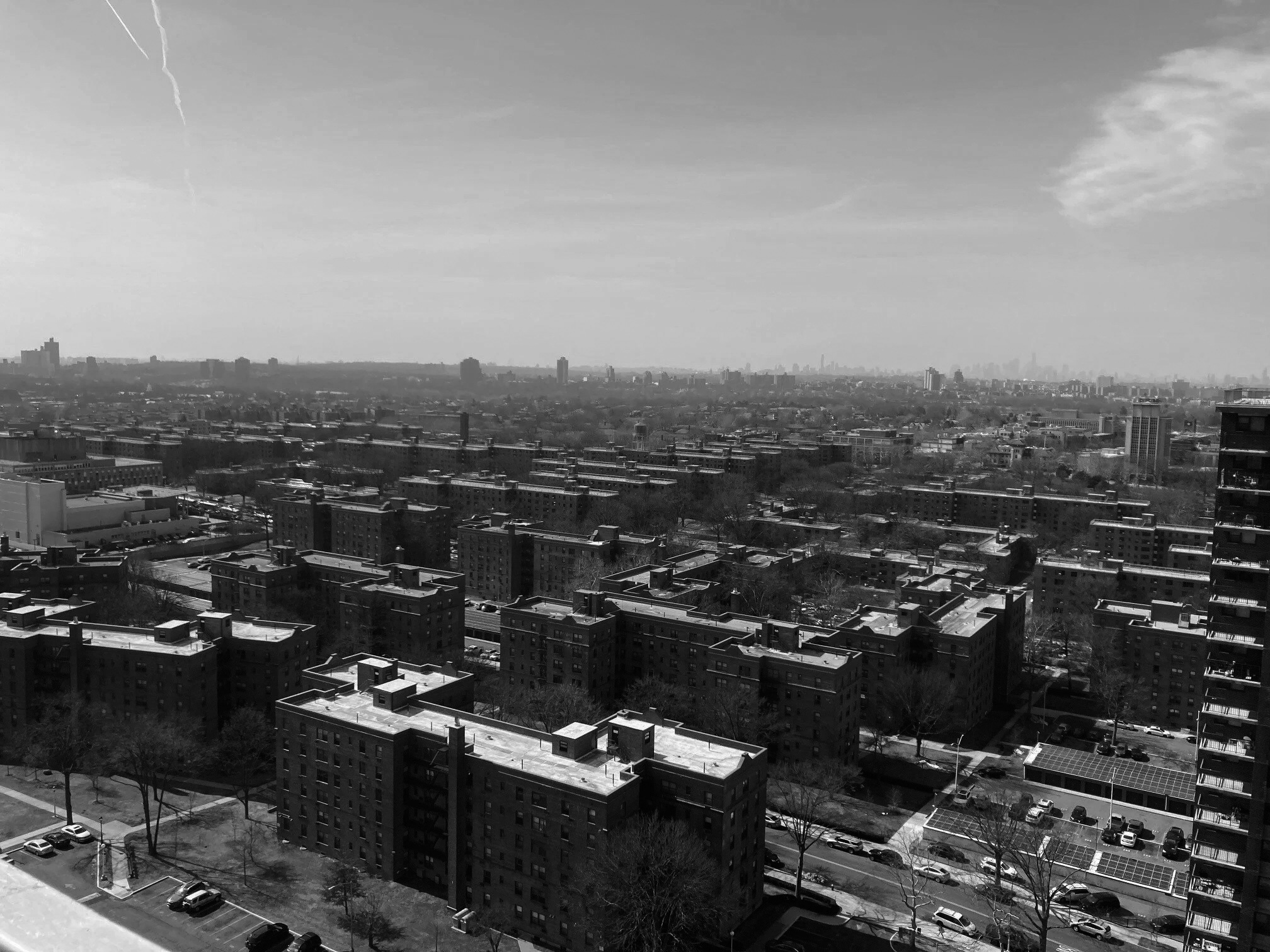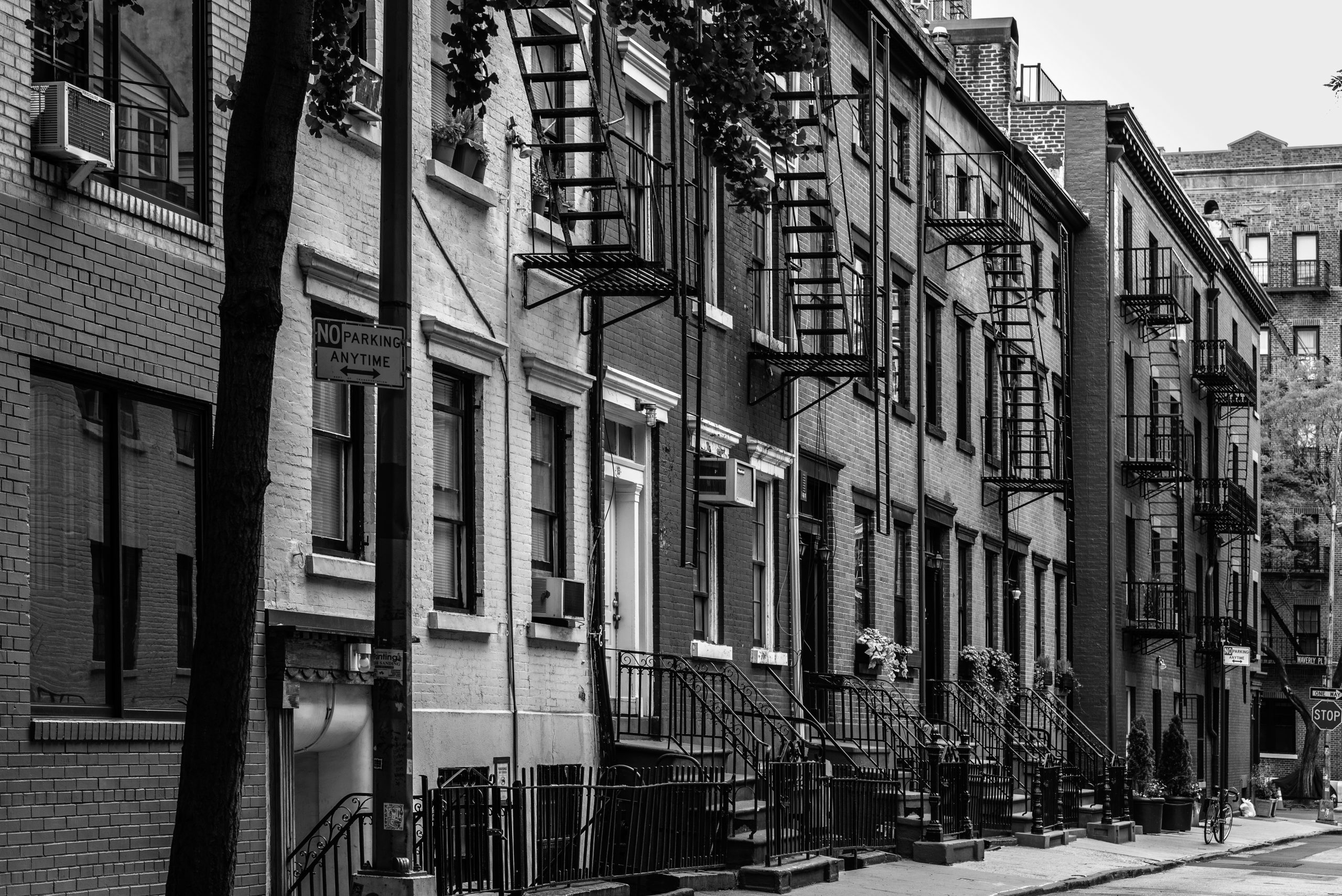La entidad en datos
Main activity: Cooperative-Mutualist Housing convening, policy & messaging
Year founded: August 2023
Legal structure: Operating under NY cooperative law principles and practices but without a formal legal structure to date.
Number of people currently: All volunteers
Region/Country in which it operates: New York City and New York State; after the first six months all the USA
Category: Public advocacy

CLAVES DEL ÉXITO E IMPACTO EN LA SOCIEDAD
Coalition for Affordable, Cooperative-Mutualist Housing The Coalition began in August 2023 with the announcement of NYC’s “City of YES” initiative for office-to-housing conversion: Coalition for Affordable, Cooperative-Mutualist Housing members include: National Cooperative Bank (NCB), Amalgamated Bank (AMAL), National Cooperative Business Association (NCBA), Cooperative Development Foundation (CDF), Council of New York Cooperatives and Condominiums (CNYC), Urban Homesteading Assistance Board (UHAB), Mutualist Society, Inclusiv, The Practice of Democracy, active dialogue with the AFL-CIO Housing Investment Trust (HIT) & cofounded & coordinated by 1worker1vote.
New Cooperative, Labor, and Mutualist Coalition Calls on Mayor Adams to Prioritize Office to Residential Conversions to Affordable Housing Cooperatives (ncb.coop).
- The US faces a major affordable housing crisis characterized by a significant shortage of affordable units, rising construction costs, restrictive zoning laws, and inadequate funding.
- Profit-seeking institutional investors have bought large numbers of houses and apartment buildings, removing those units from the pool available to individual buyers.
- Legacy Federal Housing Programs are at risk of massive defunding putting more pressure on States and Municipalities.
- U.S. construction slumped during the 2007-09 Great Recession and never returned to levels that would keep pace with demand.
- These challenges disproportionately impact low-income households, contributing to homelessness and housing instability.

DESAFÍOS ENFRENTADOS
Affordable housing faces several financial challenges that include, but are not limited to insufficient public sector funding, higher construction costs, the rise of technology disrupters, and both reduced and competing private investment priorities. These challenges make it difficult to develop and maintain affordable housing impacting low- and moderate-income households. An additional challenge beginning to appear in the U.S. relates to changing public sector regulations and political priorities that defund successful affordable housing legacy programs and projects.
– Public funding for affordable housing is often insufficient to meet rising demand, especially for new construction and the preservation of existing units given higher costs for land, labor, materials and insurance. This forces an “either/or” funding choice when it must be both.
– Affordable housing developers compete with other social programs and infrastructure projects for limited government resources that, when shrinking on a federal level, increase “scarcity competition” on state and municipal levels.
– Older affordable housing units often require substantial maintenance and upgrades which can be costly and difficult to fund, together with rising operating costs such as utilities (with new renewable energy requirements), insurance (responding to climate precarity such as coastal flooding), and property management (combining regulatory and climate risk).
– The sum of all these factors unite to make balancing responsible budgets maintaining properties and preserving communities, as well as investing in abandoned and new affordable housing developments, increasingly complex and unstable – further threatening established stakeholder communities and adding more obstacles to those most vulnerable seeking to live in decent housing as a basic human right.
ESCALABILIDAD Y REPLICABILIDAD
New York State is amid the worst housing crisis in over a century. A majority of New Yorkers are rent-burdened, spending more than 30% of their paycheck on rent; a record-breaking 131,940 New Yorkers sleep in homeless shelters, with thousands more living unsheltered and doubled-up in the homes of others; everyone from teachers to tech workers are struggling to continue to afford to live in the city; and with median home prices at $785,000, the American Dream of homeownership is slipping farther out of reach, further exacerbating the racial wealth gap. Yet, there is a solution to the housing crisis hiding in plain sight.
From 1927-1975, New York City’s labor movement built 40,000 units of limited-equity cooperative housing in developments like the Amalgamated Houses and Co-op City in the Bronx, Penn South in Manhattan, Amalgamated Warbasse in Brooklyn, and Rochdale Village, Electchester, and Big Six Towers in Queens. This led to the creation of the Mitchell-Lama program, which built an additional 55,000 units of affordable cooperative and rental housing. This legacy of labor-sponsored cooperatives continues to provide the backbone of New York City’s affordable housing and a foundation for the future.
UHAB (Urban Homesteading Assistance Board) was founded in 1973 during New York City’s economic crisis to help residents without stable housing reclaim abandoned buildings in New York City and help rehabilitate those buildings as their homes.
During the next four decades (1973-2013), New York City’s low- income resident-run and resident-owned housing cooperatives have grown from several dozen to more than 1,300 buildings, providing homeownership and permanent affordability to more than 30,000 households, most of them small buildings redeemed from abandonment. This is unique and unprecedented in the U.S. and is a significant chapter in New York City’s story.
UHAB realized that while self-help rehabilitation using sweat equity was a catalyst for revitalization and growth, there was still a need to address the issue around foreclosure of physically deteriorating buildings in the city’s poorest neighborhoods. Turning the buildings over to community control was the idea that sparked the Tenant Interim Lease (TIL) Program. The program allows tenants in city-owned and tax-foreclosed buildings to form an association to manage and then purchase their buildings as limited-equity cooperatives.
For nearly 40 years, New York City contracted with UHAB to provide technical assistance to income-restricted cooperatives going through TIL. Programs for accounting and bookkeeping assistance, pre-paid legal assistance and training and education programs from how to run a heating system and boiler to how to run an efficient meeting were developed. More recently, UHAB has developed programs towards climate and social justice goals through access to share loans and expanded use of renewable energy in low-income communities and communities of color.
Today, New York City has the largest community of shared- equity housing cooperatives in the country (over 50% of the nation’s portfolio in this category). Share Equity and Housing Cooperative Ownership Models have been a successful form of affordable housing for over 100 years starting in municipalities.
New York City has led the development of U.S. affordable cooperative housing providing not only homes but community engagement and support for tens of thousands of families over generations. Cooperative homeownership maintains an essential workforce, an inclusive and representative population, and supports economic wellbeing by using its long-established and proven models.
CONCLUSIONES Y MORALEJA
Some of the many lessons learned (so far):
– Constant, consistent and impactful messaging is key – affordable housing advocates should never assume that past successes will guarantee present and future public policy viability
– The best advocates are the members living in affordable, cooperative-mutualist housing buildings and units – they should be at the forefront of public advocacy messaging.
– Imperative to identify and integrate global affordable, cooperative-mutualist housing practices that can transcend borders, markets & silos. Our collective goal must be to ensure that the whole is greater (more uplifting) than the sum of its parts and stands a decent chance of solving this growing worldwide crisis starting with all the embedded structural, economic and sociocultural inequalities it generates.